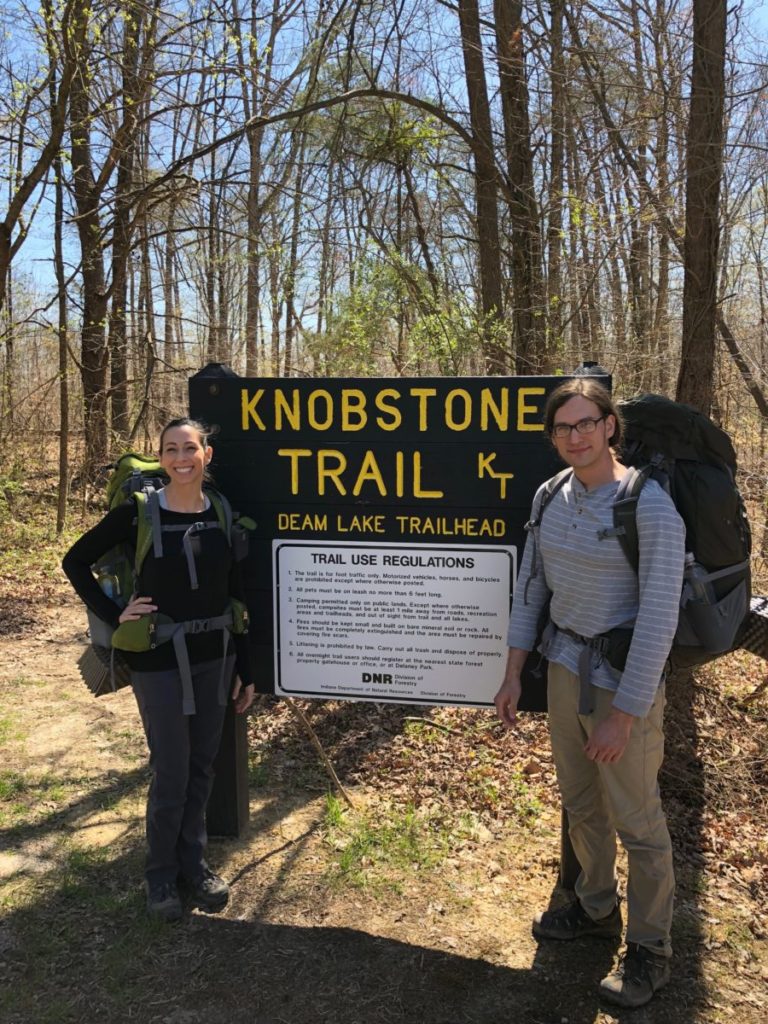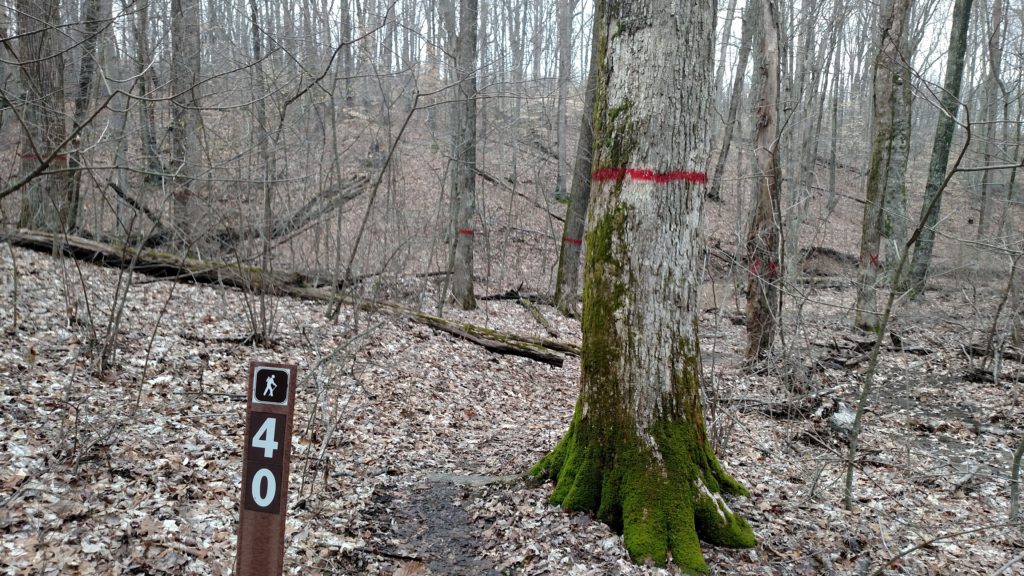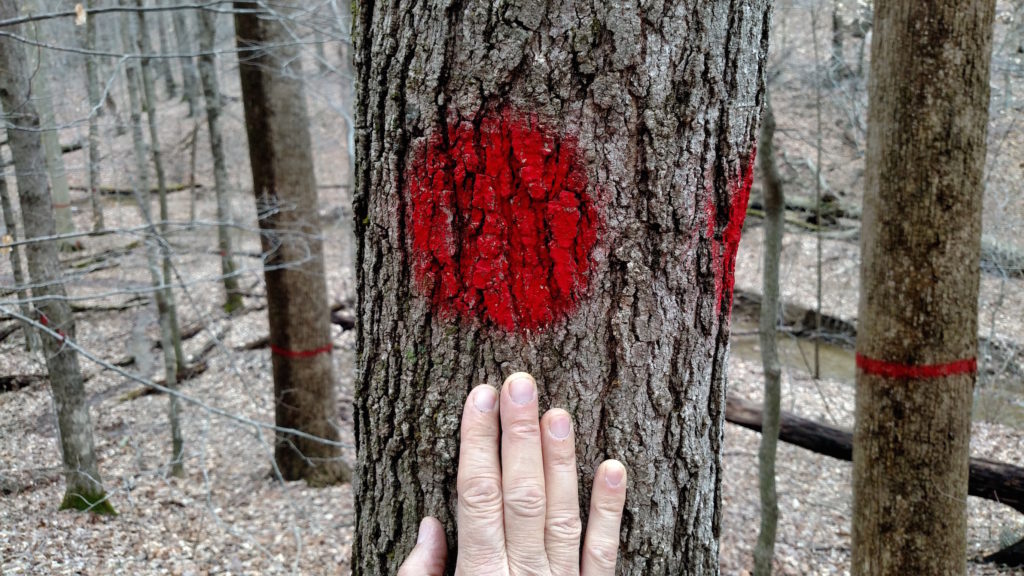“The Gradual Destruction of Indiana’s Longest Footpath”: A Knobstone Trail Hiker Speaks Out

Tangles of briers and weeds, not new trees, filled in the areas I hiked through. All of these areas will take many decades to recover. What does the DNR do to restore the ecosystem and encourage the proper types of plants to grow in these damaged areas?
In Defense of Outdoor Recreation: Tourism Leaders Speak Out for State Forests

According to the latest U.S. Census Data, more than two million people live within 20 miles of Indiana’s state forests and more than 14.5 million people live within 100 miles of our state forests. If the state forests were seen as desirable destinations, more outfitters, bed & breakfasts, and cafes would spring up. The 59% of Hoosiers who participate in outdoor recreation are an untapped market for our state forests.
Protect Indiana’s Assets
Now when you hike the great trails like the Tecumseh or the Knobstone, ones that Indiana should be proud to show case, you will likely see them horribly scarred. I know how it effects me, but I wonder how this impacts scores out-of-state visitors and their desire to return to Indiana to hike.
The Marred Face of the Knobstone Trail

As a horseman, I had traveled the tree-laden path of Deam Lake hundreds of times. Now as a hiker, I find myself traveling down that same path, but it is unrecognizable to me. The joy of the path is now replaced with mud, stumps, and piles of wasted logging byproduct.
Lament of the Knobstone Trail: A Treasure, Logged?

It is my hope that the Indiana Department of Natural Resources might come to its senses. There is no scientific reason to increase logging by such a large amount — in fact just the opposite. That leaves only profit generation as an explanation for their actions.
